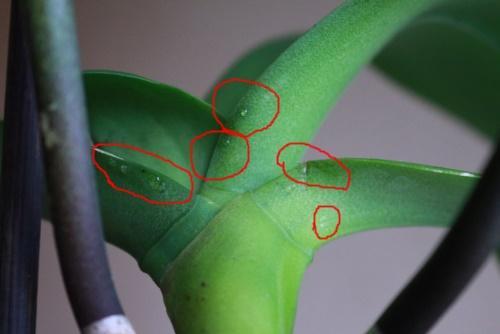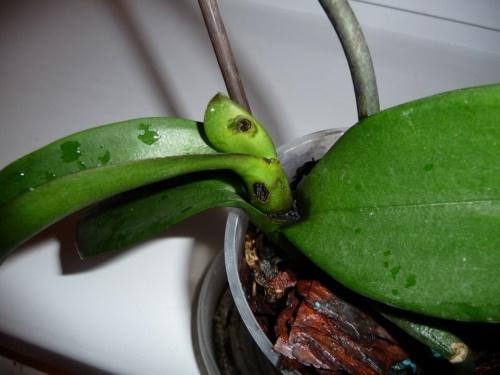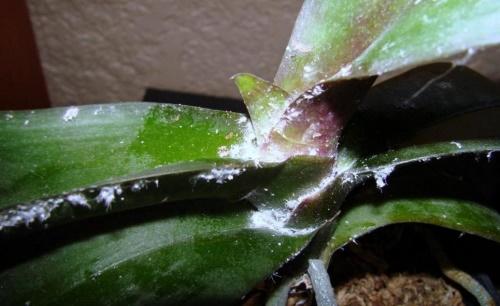The reasons why the orchid is crying, and how to help it
 Orchids are one of the most beautiful and capricious indoor plants. Caring for them is somewhat different and the flower immediately reacts to the slightest mistakes. Sometimes this reaction is non-standard, for example, in the form of drops of liquid on the leaves. Florists call it “crying”. There may be several reasons why an orchid is crying, and not all of them are as harmless as they seem at first glance. In some cases, you don't need to do anything, or just adjust the watering. But sometimes the "tears" of an orchid indicate more serious problems. If urgent action is not taken, the plant may die altogether. How to determine whether such a phenomenon is dangerous or not and how to help a room epiphyte?
Orchids are one of the most beautiful and capricious indoor plants. Caring for them is somewhat different and the flower immediately reacts to the slightest mistakes. Sometimes this reaction is non-standard, for example, in the form of drops of liquid on the leaves. Florists call it “crying”. There may be several reasons why an orchid is crying, and not all of them are as harmless as they seem at first glance. In some cases, you don't need to do anything, or just adjust the watering. But sometimes the "tears" of an orchid indicate more serious problems. If urgent action is not taken, the plant may die altogether. How to determine whether such a phenomenon is dangerous or not and how to help a room epiphyte?
Why is the orchid crying

- Natural natural processes. In nature, epiphytes lure pollinators by releasing sticky droplets as they digest sugars.
- Watering too often and too much moisture, especially if the room is cool and too light. Water accumulates in the substrate, and the plant gets rid of its excess, forming drops on the leaves.
- Frequent dressings. In combination with constantly moist soil, with excessive watering and fertilization, the flower does not have time to completely use up nutrients. As a result, the leaves can not only "cry poorly", but also be completely covered with a sticky bloom.
- The appearance of pests. Insects such as aphids, worms, ticks, scale insects leave behind sticky shiny traces.
- Powdery mildew affections. "Tears" are the initial stage of the disease. If you do not take action, a white bloom begins to form on the leaves. In the final stage, they become covered with black spots and die off.
Whatever the reason for the crying of the orchid, it is important to notice this phenomenon in time. Drops on leaves are a great bait for pests. Even if they aren't already there, the sticky nectar will lure insects.
How to help an exotic crying beauty
 The easiest way to cope with the situation is if the fault is an excess of watering and fertilizers. In the first case, you should temporarily stop watering the flower and let the soil dry out. In the future, water only as needed. But you will not be able to get rid of excess fertilizers in this way - you need to completely change the substrate, because they have already been absorbed.
The easiest way to cope with the situation is if the fault is an excess of watering and fertilizers. In the first case, you should temporarily stop watering the flower and let the soil dry out. In the future, water only as needed. But you will not be able to get rid of excess fertilizers in this way - you need to completely change the substrate, because they have already been absorbed.
Determining whether to water an orchid is easy by the roots. In transparent pots, in which it is recommended to grow the plant, they are clearly visible through the walls. If the roots are green, you can still wait, they have acquired a grayish tint - you need to water. The weight of the pot will also tell you that the flower needs watering: a heavy flowerpot - no need to water, it has become light - the time has come.
In the case when drops appeared as a result of an invasion of pests, the leaves must be washed with soapy water. With a large number of insects, insecticide treatment (Aktara). Fungicides Fitosporin or Topsin-M will help with powdery mildew.